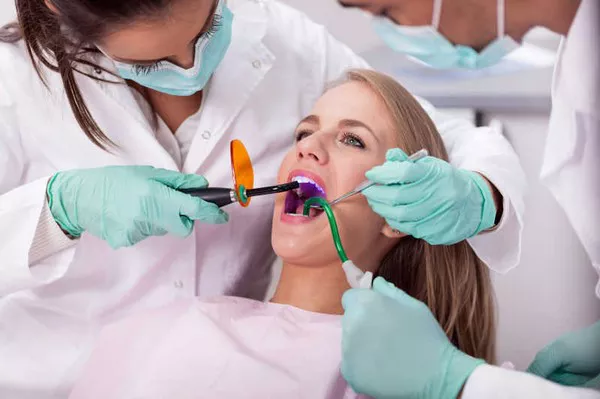What are the Stages of Orthodontic Treatment?
Orthodontic treatment is a dental specialty that involves correcting misaligned teeth and jaws. This treatment aims to improve the functionality and appearance of the teeth, jaw, and bite. Orthodontic treatment has several stages, each with its own unique goals and procedures. In this article, we will explore the different stages of orthodontic treatment in detail.
Stage 1: Initial Consultation
The first stage of orthodontic treatment is the initial consultation. During this stage, the orthodontist will examine the patient’s teeth and jaw, take X-rays and photographs, and discuss the patient’s medical and dental history. The orthodontist will also discuss treatment options and answer any questions the patient may have. At the end of the consultation, the orthodontist will create a personalized treatment plan for the patient.
Stage 2: Pre-treatment
The pre-treatment stage involves preparing the teeth and mouth for orthodontic treatment. This may involve extracting teeth, if necessary, to make room for the remaining teeth to shift into their correct positions. Sometimes, a palatal expander may be used to widen the upper jaw to accommodate crowded teeth. Other times, braces may be placed on certain teeth to prepare them for future adjustments.
Stage 3: Active Treatment
The active treatment stage is when the actual orthodontic treatment begins. This stage involves placing braces or other orthodontic appliances on the teeth. Braces may be made of metal, ceramic, or clear materials and may be fixed or removable. Once the braces are in place, the orthodontist will make regular adjustments to gradually move the teeth into their correct positions. The length of the active treatment stage can vary depending on the severity of the orthodontic issue and the type of treatment being used.
Stage 4: Retention
The retention stage is the final stage of orthodontic treatment. This stage involves wearing a retainer to maintain the new position of the teeth. Retainers may be fixed or removable and are typically worn for several months or even years after the braces are removed. The orthodontist may also schedule periodic check-ups during the retention stage to ensure that the teeth remain in their correct positions.
Conclusion
Orthodontic treatment has several stages, each with its own unique goals and procedures. The initial consultation is used to create a personalized treatment plan for the patient. The pre-treatment stage prepares the teeth and mouth for orthodontic treatment by extracting teeth or placing braces on certain teeth. The active treatment stage involves placing braces or other orthodontic appliances on the teeth and making regular adjustments to gradually move the teeth into their correct positions. The retention stage involves wearing a retainer to maintain the new position of the teeth. Overall, orthodontic treatment can help improve the functionality and appearance of the teeth, jaw, and bite, leading to improved oral health and self-confidence.





























